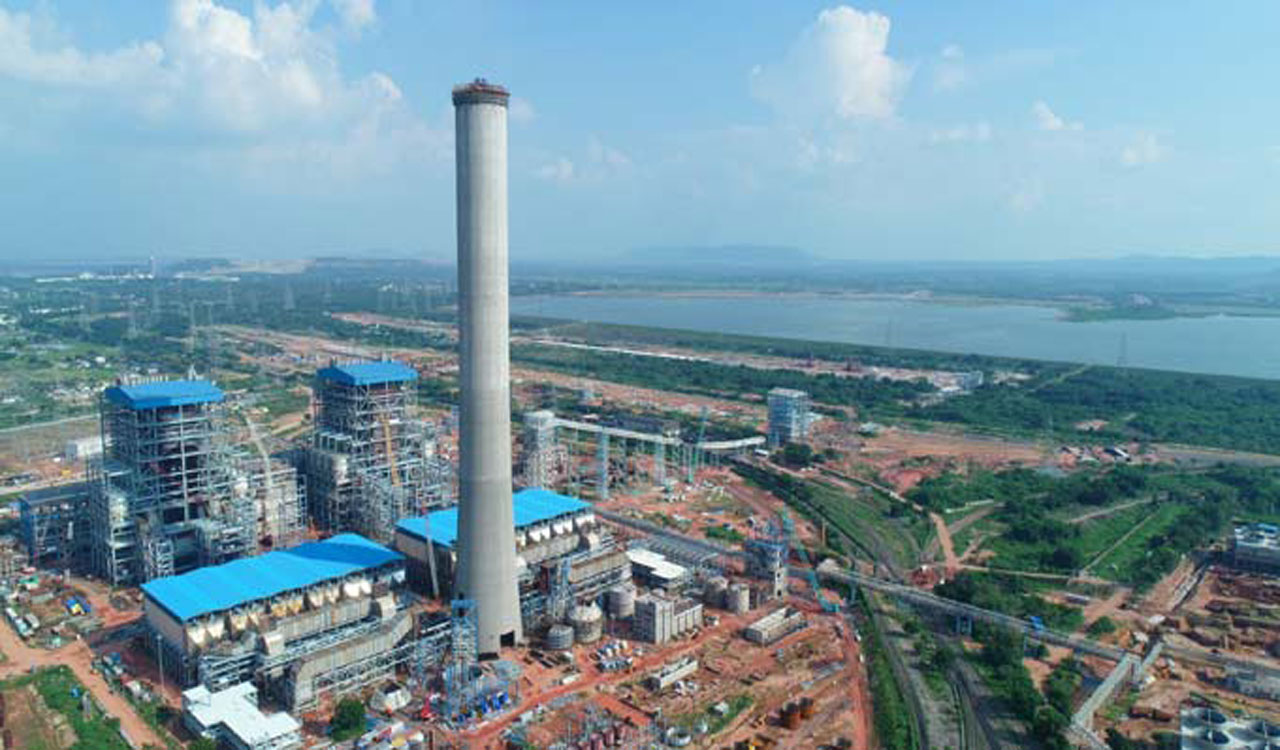The Central Electricity Authority (CEA) has written to State governments and power utilities to increase their coal reserves as they might need to increase thermal production in the coming days.
Updated On – 10:20 PM, Sat – 9 September 23

Hyderabad: Stating that the erratic monsoon this year has hit hydel power generation in the country, leading to additional burden on coal-fired thermal power stations, the Centre has asked States and thermal power plants to increase their coal reserves and to step up production to stop outages caused by lower hydroelectricity output.
The Central Electricity Authority (CEA) has written to State governments and power utilities to increase their coal reserves as they might need to increase thermal production in the coming days. A CEA report said the coal share in power output rose to 66.7 percent in August, the highest for the month in six years.
Lower rainfall led to the share of hydropower in overall output plunging to 14.8 percent, compared to 18.1 percent in the same period last year. A CEA report released on September 6 also warned that coal reserves at 52 plants were “at risk”. This means that 29 percent of the total thermal power plants have coal reserves at risk.
There were about 180 thermal power stations under Central and State governments across the country. According to power officials, it was very unusual that the demand for electricity had gone so high in August, when temperatures are lower due to the monsoon that runs between June and September.
If the present situation of monsoon persists, the demand and supply gap is bound to increase by October when farm activities would be at a peak, the officials added. The country”s peak demand rose to a record 243.9 gigawatts (GW) on August 31, a very rare phenomenon.
The electricity supply fell short of demand by 780 million units in August, the CEA data showed, marking the highest shortage since April 2022, when India faced its worst power cuts in six and a half years. As per the CEA report, the bulk of the shortfall in meeting the demand has been in the non-solar hours – when the shortfall ranged from 6000 MW to 9000 MW.
The report further said the monsoon this year was below normal till date and projections for September were also not encouraging. This has resulted in depleted reservoir levels especially in the Southern region leading to suboptimal hydro generation, The maximum hydro generation achieved this year has been less than 40 GW as against 45 GW last year.
A similar trend is visible in wind power generation also, which is usually higher from June to September. Against the installed capacity of 43.9 GW, variable wind power output is down to only 2-3 GW. It is anticipated that with withdrawal of the monsoon in September-October, the hydro and wind generation would further deplete.


